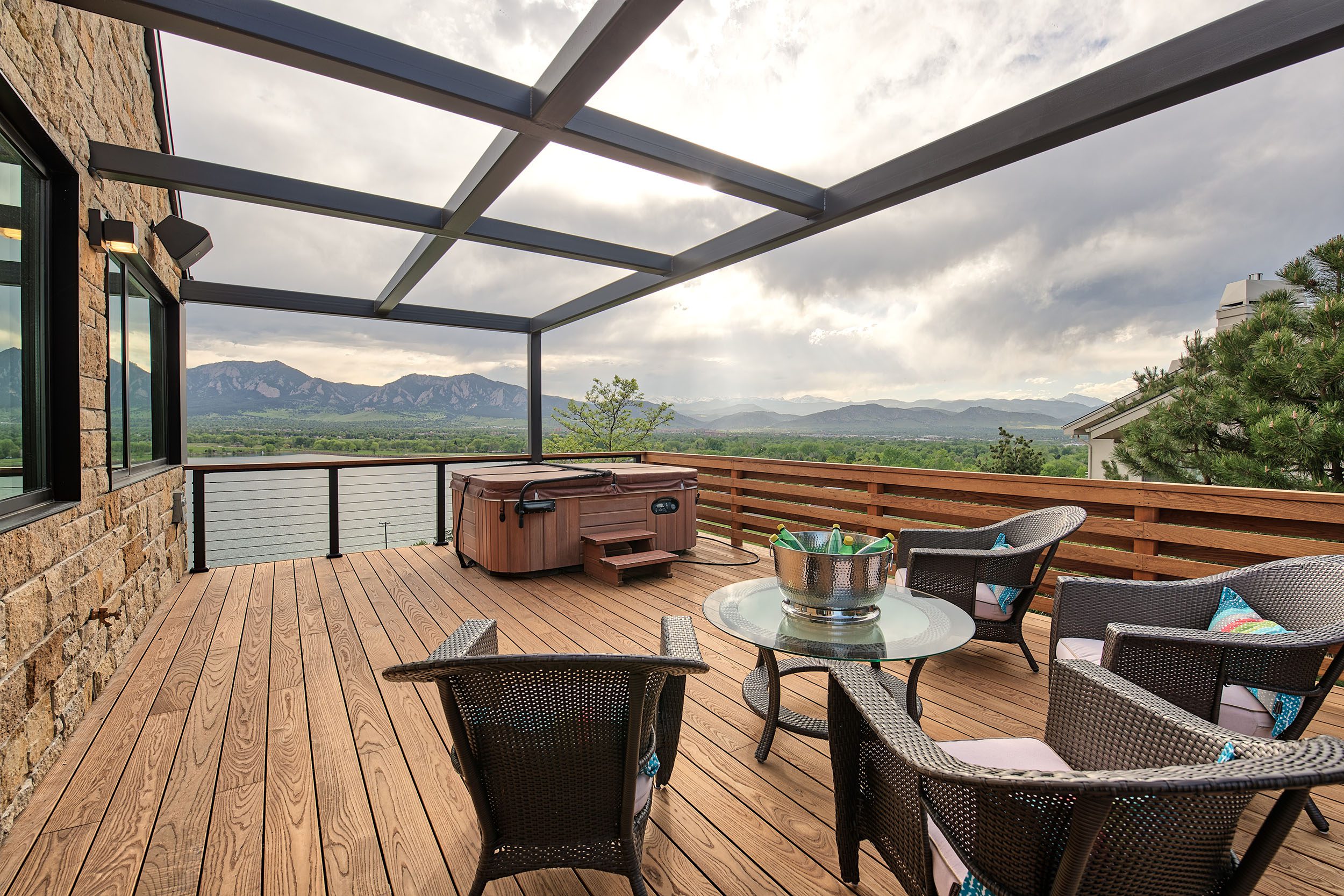In the evolving world of woodworking and construction, the hunt for durable and environmentally-friendly materials is never-ending. Enter thermal modified wood. This innovative product has been garnering attention for its unique qualities and advantages.
In this blog post, we’ll dive deep into what thermal modified wood is, its unparalleled benefits, and the latest pricing trends.
What is Thermal Modified Wood?
Thermal modification is a process that involves heating wood to high temperatures in a controlled environment, typically between 180°C to 230°C. This not only eliminates moisture but also changes the chemical structure of the wood. The result? Wood that’s more durable, stable, and resistant to external threats.
Benefits of Using Thermal Modified Wood
- Enhanced Durability: The thermal modification process increases the wood’s resistance to decay and rot, making it an ideal choice for outdoor applications like decking or siding.
- Improved Stability: Thermally modified wood has reduced tendencies to warp, swell, or shrink. This means your projects will maintain their shape and size over the years.
- Resistance to Pests: Say goodbye to termites! The high-temperature treatment makes the wood less appetizing to pests.
- Eco-friendly: Unlike chemically treated woods, thermal modification uses only heat and steam, making it a more environmentally-friendly choice.
- Aesthetic Appeal: The process gives the wood a rich, dark color, enhancing its natural beauty and eliminating the need for stains.
Pricing Trends of Thermal Modified Wood
As with any product, thermal modified wood prices can vary based on factors like quality, source, and demand. Here’s a glimpse into the recent pricing trends:
- Growing Demand: As awareness of its benefits increases, so has the demand. This heightened demand has led to a slight increase in prices over the past few years.
- Economies of Scale: As more manufacturers enter the market and the technology becomes more widespread, there’s potential for the prices to stabilize or even decrease.
- Variability in Pricing: Different types of woods undergo thermal modification, and each comes at a different price point. For instance, thermally modified ash may differ in cost from modified pine.
- Regional Differences: Prices can also vary based on the region, due to factors like transportation costs and local market conditions.
Thermal Modified Wood Price Comparison
Our thermal modified pine is about 50% cheaper in price compared to our thermal modified ash. You can purchase both thermal modified pine and thermal modified ash directly from our online store at: https://buy.advantagelumber.com/collections/thermally-modified-wood
Conclusion
Thermal modified wood, with its myriad benefits, is undoubtedly a game-changer in the construction and woodworking sectors. While the current pricing trends indicate a moderate increase in cost, the long-term advantages it offers, both in terms of durability and eco-friendliness, make it a worthy investment. As always, when considering any building material, it’s essential to weigh the initial costs against the long-term benefits, and in the case of thermal modified wood, the scales tip favorably towards a brighter, sustainable future.
